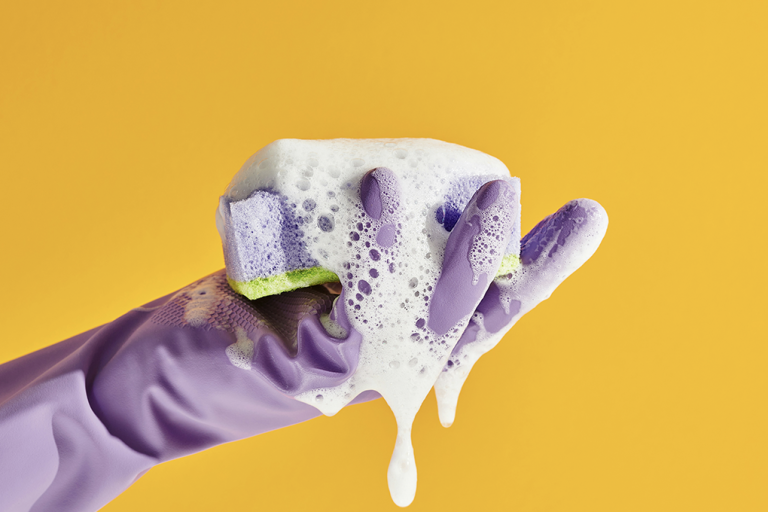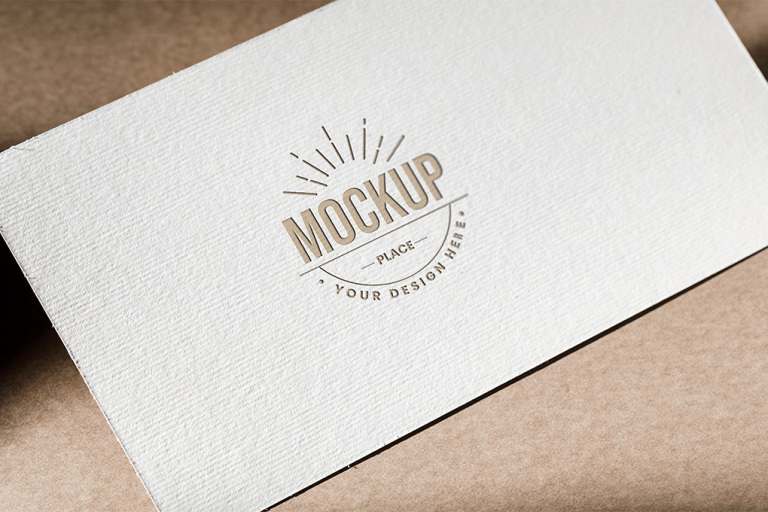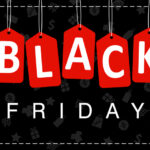Adding color to a logo can drastically change the tone and balance of the design. Would you take American Express seriously as a financial institution if it had a pink and yellow logo?
Color choices seem simple on the surface, but they play a big role in brand perception. People have instinctive reactions to visual information.
Whether it’s the “vibrating effect” of red and green or the overwhelming brightness of orange and yellow, some color schemes are hard on the eyes. If a color pairing is off-putting, people will notice even if they can’t understand why they don’t like it.
However, let’s get one thing straight. Any colors can work well together under the right conditions. Colors only clash when they have competing values. By values, we mean a color’s level of brightness, darkness, and saturation.
Professional designers know how to choose the right color values to make a great logo design look effortless. But if you’re creating your own design from scratch or using a logo maker, it’s wise to avoid color schemes that are notoriously difficult to work with.
Here are five color pairings that are better left to the experts.
Avoid these logo color combinations at all costs
1. Multicolor and Rainbow Colors
When you think of multicolor logos, brands like Google, eBay, and Instagram might come to mind. Multicolor designs are striking and memorable when done right, but they’re hard to pull off for two key reasons.
- Too many colors: As a rule, most designers avoid putting more than three colors in a logo. A design can easily become overwhelmed by warm and cool hues competing for attention.
- Saturation: Multicolor logos often combine several colors of the same intensity, which is overpowering to your eyes.
- Proximity: Multicolor logos work best when there is some form of separation between intense colors. You often need clever placement to balance these designs.
Big brands can get away with creating multicolor and rainbow logos because they have expert teams creating top-notch designs for them. Keep in mind, these designs are more costly to print and require excellent color consistency to look sharp and professional.
If you simply can’t give up on the idea of having a multicolor graphic, be smart about how and where you place different hues. When it comes to rainbow logos, gradients allow a smooth transition of naturally balanced colors.
Use neutrals or negative space to create distance between intense hues. Notice how Google and eBay both confine different colors to their own sectors.
2. Light Colors on Light Backgrounds
Remember the first time you tried looking at the sun, and immediately wished you hadn’t? More than likely, it took a few minutes for your eyes to clear up and stop seeing flashes of light.
Looking at light colors on a light or white background has a similar effect. The colors are so close in value that they are hard to distinguish and start to appear blurry. Text is even harder to make out, and most people probably won’t bother squinting to read your business information.
Pure colors mixed with white are known as tints. The more you add white to a tint, the harder it will be to perceive the color accurately against a white background.
If you love pale colors, try to offset them with a focal color that contains less white. When you’re showcasing negative space in a wordmark, don’t be afraid to go bold with a bright color that can hold its own beside the white lettering.
3. Bright Pink and Yellow
Pink can be happy, fashion-forward, or luxurious, while yellow is a cheerful, energetic color. Yet, when you put these bright hues together, it only conveys one message — childish.
To be fair, pink and yellow may fit a fun food or leisure brand, such as ice cream or flowers. But unless your audience is 7-year-olds, it’s wise to think twice before moving forward with this limiting color scheme. Why?
It pays to have an ambitious mindset during the logo design process. Today, your main priority might be creating a logo for a website.
In the future, you could be printing your logo on everything from water bottles to hooded sweatshirts. Bright pink and yellow are both warm, high-intensity colors that fight for dominance, and they can be hard to pair with other design elements if you decide to create promotional gear.
Don’t get discouraged if you love pink and yellow. Try using softer tints instead of saturated colors to make your logo design more mature and less harsh on the eyes.
4. Tones and Shades
Do you hate bright colors, or just prefer a darker, more conservative look? Tones are pure hues mixed with values of gray, and shades are mixed with black.
Tones and shades produce deep, smoky variants of color that beautifully complement saturated and tinted hues. While tones and shades can pair up well, using them together in the wrong way will make your logo look washed out.
Tone and shades are both dusky in color because they contain values of black. Using a lighter tone with a darker shade can work, and vice versa. However, using a tone and shade of a similar value makes it difficult to tell the colors apart.
This could make sense for a gradient or a monochromatic logo, but in both cases, it takes experience to create a layout that doesn’t appear too dark and murky. In most cases, it’s necessary to use white, pale gray, or a color tint to bring visual contrast to a design with both a tone and a shade.
5. Neon Colors
Let’s just say neon colors don’t age well. Neon hues rarely make the best logo colors because they aren’t timeless. The whole point of a logo is to help people become more familiar with your brand, which means consistency is key.
The neon trend comes and goes in graphic design every few years, especially on business cards and websites. Yet, the last thing you want to worry about is updating your logo every time people get tired of seeing these ultra-vibrant colors.
Just like yellow and pink, neon colors are also very youthful and intense. Using neon colors at the forefront of your branding may make it difficult to project a professional reputation.
If you include more than one, neon colors will definitely overpower your logo design. Save neon colors for accompanying assets, such as websites and promotional goods, since it’s common to redesign these items periodically.
You can leave neon out of your logo, but include them as part of a larger color story for your brand.
Working with color is trickier than it seems. To get the best results, use established color guidelines, such as complementary color schemes, that make sense for your brand and industry.
Studying the color wheel is a good place to start. Remember, less is more. Keeping your logo colors simple will give you more versatility and reduce the risk of creating a chaotic design.
Pick a focal color, and then pay attention to brightness, darkness, and saturation to build a combination with the perfect amount of contrast.
Ready to put you knew logo color knowledge to work? Design a logo for your business now!







